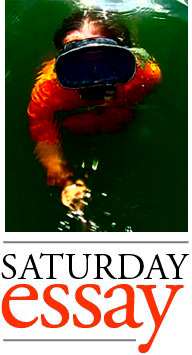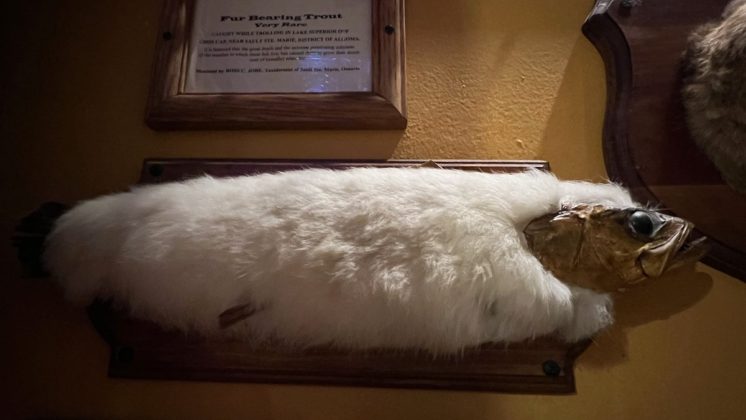
Last year the Minnesota historian Peter S. Svenson wrote an unpublished monograph, “The Forgotten Duluth Painter, Edward Alexander Congdon.” Svenson gave me the following information in an interview conducted on Halloween as luck would have it.
Edward Alexander (a nephew of Chester Congdon) lived at Glensheen, the historic Congdon estate. He hid slightly pointy ears with clever hair styling. But, enlisting in the armed forces to fight World War I, he suffered a military haircut. At Belleau Wood a German flame-thrower splashed liquid fire into his trench, and he escaped with his life unlike some of his fellows. But much of the skin had been burned off the top of his head, including his right ear and his eyebrows. Once healed, hair grew toward the back of his head, and the scar tissue of the high forehead became less noticeable with time. However, his eyebrows remained white scars, and the right ear had burned off down to the hole. Aleister Crowley said, “The effect of that, with his one remaining devil’s-ear, was striking.”
Edward Alexander remained overseas for a time after the war. He wandered the world using his unsettling appearance as currency in mediumistic parlors and spiritualist circles. He joined the Ordo Templi Orientis in England, and enjoyed esotericists he met in France. Then he joined the Hermetic Order of the Golden Dawn, mingling with Sir Arthur Conan Doyle and W.B. Yeats. He painted, climbed the Eiger, and had lucid dreams of the dead. Returning stateside in 1923, he lived in the Glensheen attic, “like a bat,” Mrs. Congdon used to say.













